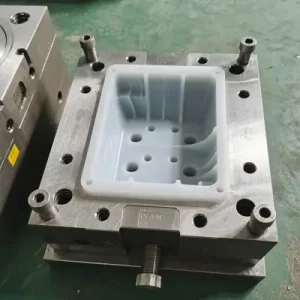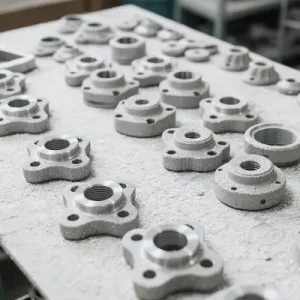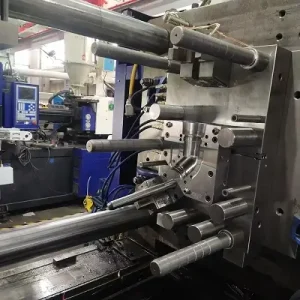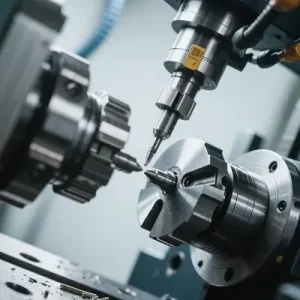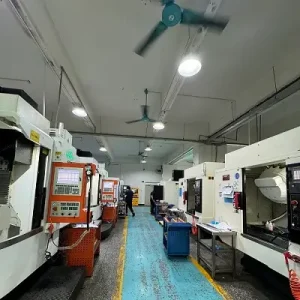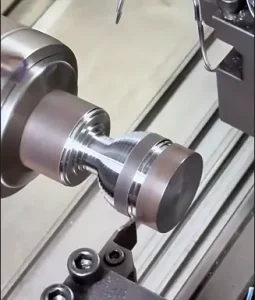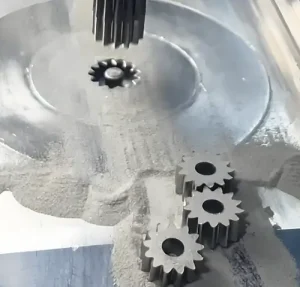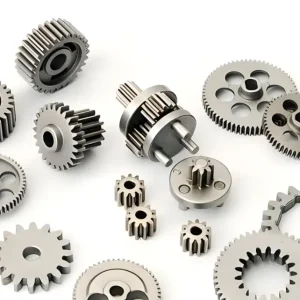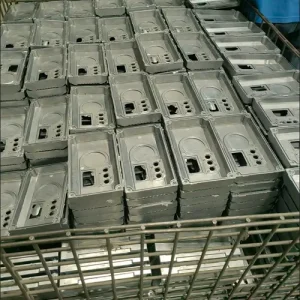What Is Vacuum Casting: Process, Principles, and Applications
As product development cycles keep getting shorter, many engineers, including our team at Jeek, often turn to vacuum casting as a quick, cost-effective way to produce small batches of high-quality plastic components. This method is commonly used to create prototypes or conduct market testing before investing heavily in mass production tooling.
Unlike injection molding, vacuum …

